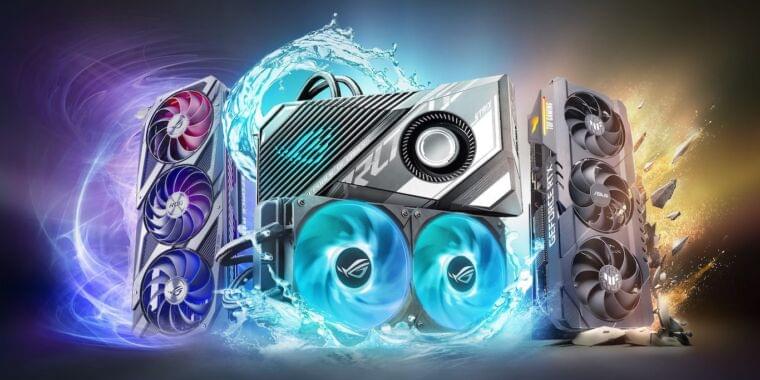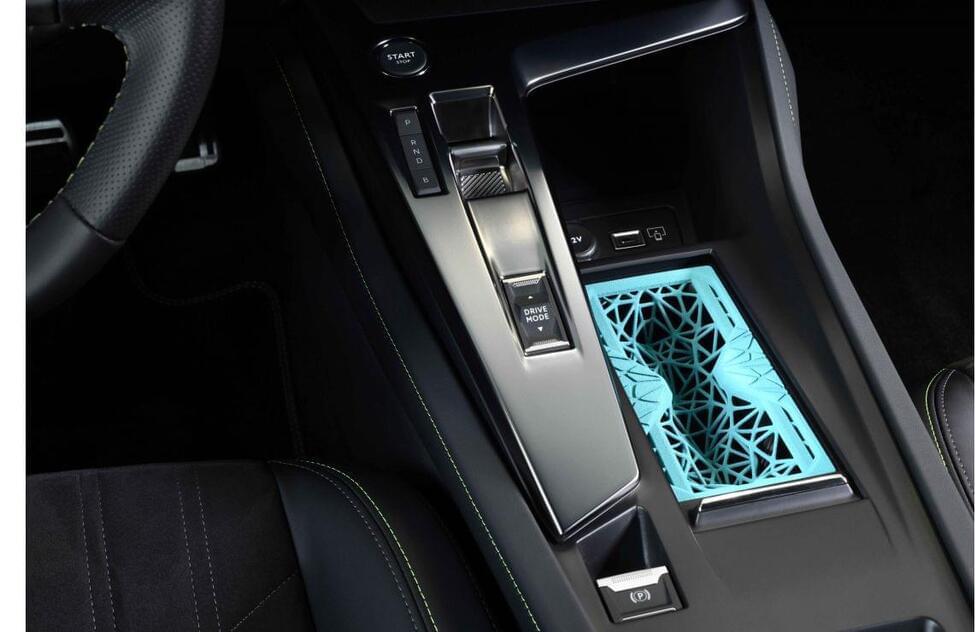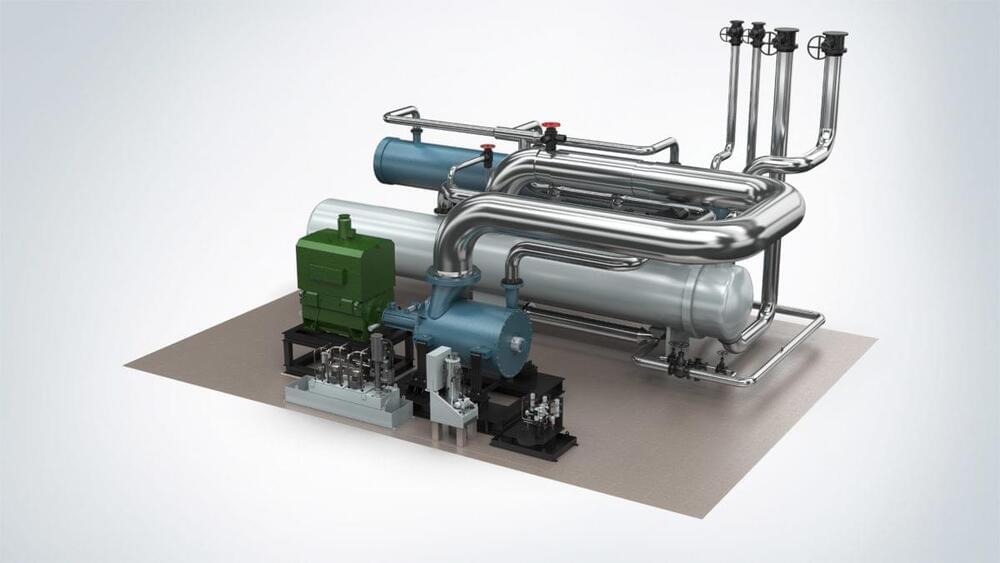Some planets are more likely to be habitable than others.
Over 5,000 exoplanets have been confirmed outside our Solar System, yet only a handful are suspected to host life. Here are 9 top contenders.


My science fiction short story has been reprinted by Metastellar. The piece previously appeared in Theme of Absence magazine. It’s a quick read, but it packs a punch, so I encourage you to check it out!
An unusual rendezvous takes place in outer space. The synthetic creature known as Honeybee brings a young man’s soul to her lover, an entity called the Blot. Yet Honeybee begins to question her rel…



The result is a series of specialized accessories, including a sunglass holder, a can holder, and a phone or cardholder explicitly created for the new Peugeot 308. Made using the latest HP Multi Jet Fusion 3D printing technology, the products are not just innovative but also “pleasant to the touch, light, solid and easy to use.” According to the brand, they go a long way in enhancing the car’s interior, which showcases a new generation of Peugeot’s i-Cockpit –a patented new design that revolutionizes the driver’s cockpit through advanced ergonomics, head-up digital instrument displays, and interactive touchscreen technology.
According to the brand, this is just one of the first 3D printing used at Peugeot, as the company plans to continue implementing it for more technical parts in future car models. Moreover, as part of the PSA Group, which recently merged with Fiat Chrysler Automobiles (FCA) to create Stellantis, Peugeot is now a sister company to 13 other car manufacturers, including Dodge, Jeep, and Maserati, so looking at the bigger picture, we can imagine that the use of additive manufacturing will trickle down to the other brands under the Stellantis umbrella.
The diversity of quantum sensing applications is exciting for scientists, but challenging for potential investors.

Nvidia’s AI model is pretty impressive: a tool that quickly turns 2D snapshots into a 3D-rendered scene. The tool is called Nvidia Instant NeRF, referring to “neural radiance fields”.
Nvidia’s AI model is pretty impressive: a tool that quickly turns a collection of 2D snapshots into a 3D-rendered scene. The tool is called Instant NeRF, referring to “neural radiance fields”.
Known as inverse rendering, the process uses AI to approximate how light behaves in the real world, enabling researchers to reconstruct a 3D scene from a handful of 2D images taken at different angles. The Nvidia research team has developed an approach that accomplishes this task almost instantly making it one of the first models of its kind to combine ultra-fast neural network training and rapid rendering.
NeRFs use neural networks to represent and render realistic 3D scenes based on an input collection of 2D images.
The MIT spinout Frequency Therapeutics uses a new kind of druggable regenerative therapy that targets progenitor cells to create hair cells of the inner ear and reverse hearing loss.


This doesn’t mean you need to don an ushanka and start marching. You can start taking collective action by focusing on community groups and connecting with climate leaders. This will likely help you solve other issues, too, like waste disposal, recycling, and community clean-up projects in your locale.
Conclusion
Combating climate change requires all of us to reconsider our individual and collective climate responsibility. As an individual, you can do your part and let others know what you are doing. It has never been easier to connect with the world and share than it is today. You can join others in writing letters to the editor of your local newspaper, or your local and national government representatives. You can join groups like Citizens’ Climate Lobby and learn how to engage policy decision-makers. And in your daily routines, you can lead by example.